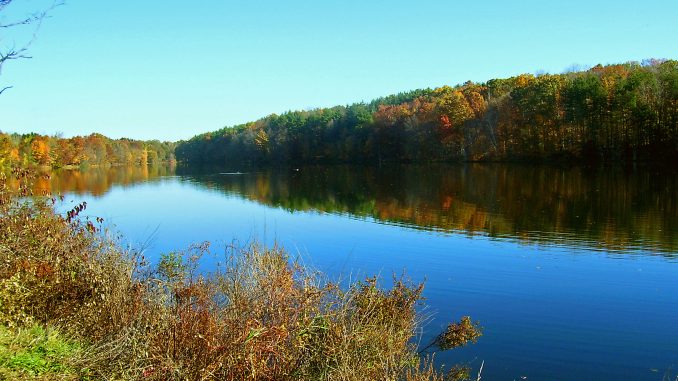
On Jan. 21, New Paltz opened a community-wide conversation about the Newburgh Clean Water Project. The Clean Water Project was created as an initiative to discuss and address the toxic levels of chemicals, specifically Perfluoroalkyl and Polyfluoroalkyl Substances (PFAS) in the drinking water where many people in the community receive their water from.
“Since 2016, Newburgh has been fluctuating between temporary drinking water sources—Browns Pond and the Catskill Aqueduct. Lake Washington, our original reservoir, is polluted with 12 different toxic PFAS chemicals and the City’s filtration system is unable to remove them all. We’re holding the polluters accountable for clean-up and seeking a long-term source of clean drinking water,” The Newburgh Clean Water project website reads.
The meeting held on Jan. 21 was the start of targeted conversations about public health and safety in an intentional manner in order to create a well-informed public focused on the safety of its community, students, faculty and all who reside in the area surrounding these water reservoirs.
The health section of the Clean Water Project’s website reads, “Nearly 30K residents and workers in the City of Newburgh who drank tap water between the early 1990s and May 2016 were exposed to a toxic class of chemicals known as Perfluorochemicals, (or PFAS for short). This is due to the pollution of Lake Washington, the City’s main drinking water reservoir during that time period.”
Following a check-in made by the New York State Department of Health (NYSDOH), it was found that a large number of residents in the city of Newburgh were exposed to well over the national average of these PFAS.
One of the main points of the Clean Water Project is to hold the primary polluters accountable for the negative impacts they have had on the clean drinking water of the City of Newburgh. Also, the current water sources, Browns Pond and the Catskill Aqueduct, are not permanent sources of water for the city. “These are temporary sources. The City of Newburgh is currently without an adequate, guaranteed source of clean water for its future,” reads the Water Project’s website.
On the SUNY New Paltz campus, educators have taken to incorporating things relevant to this discussion into their curriculum. “Already, faculty in Geography, School of Education, Chemistry, and Art have created curriculum around relevant STEM topics, water rights, environmental justice, and other facets of this situation. Students have thus developed change agent skills that increase leadership capabilities,” reads the SUNY New Paltz website about the meeting held on Friday.
The biggest thing preventing Newburgh from replacing the Lake Washington reservoir with either Browns Pond or the Catskill Aqueduct is the fact that Browns Pond was created as a backup for a situation like this and not for permanent use. The issue with the Catskill Aqueduct is the fact that it is over 100 years old and in need of serious repair. While the Water Project refers to it as “one of the most extensive and well-protected municipal water systems in the world” its age is something that is preventing it from being used as a permanent source of drinking water for Newburgh.
In April there will be a Health and Wellness Summit with the University of Albany discussing further acts that can be taken with regard to clean water. Look out for more information as we cover it in the future.

